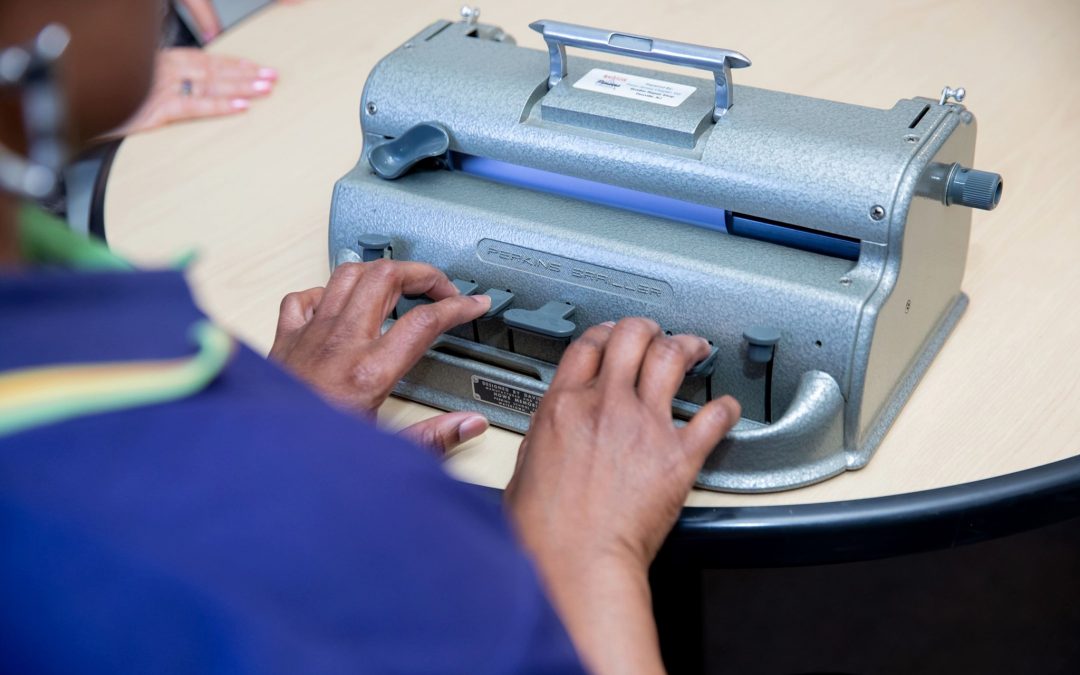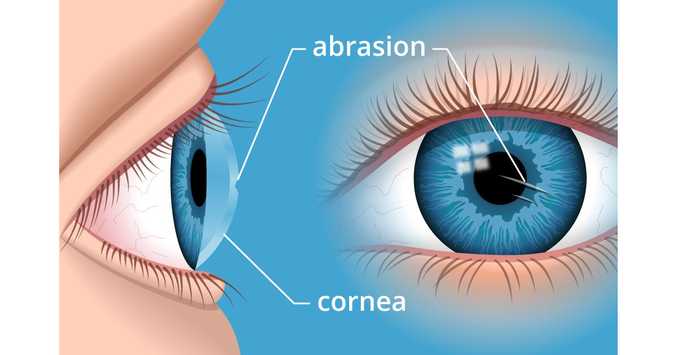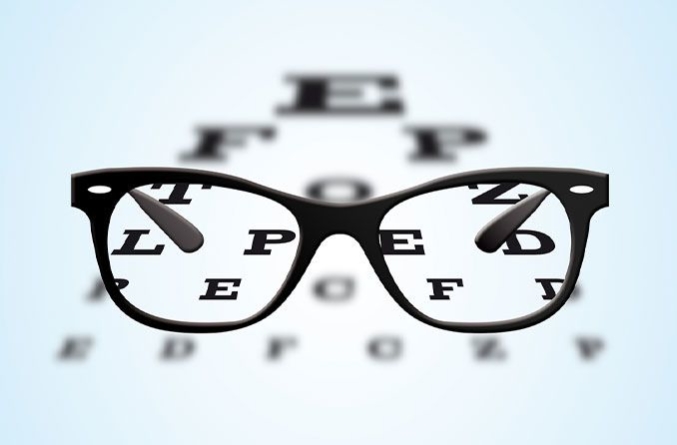by admin | Jan 6, 2020 | Blog, News
New year, new healthy you. If a doctor’s visit and medical testing are part of your start-of-the-year goals, click the link below to find out what the numbers behind the tests really mean.
https://www.washingtonpost.com/health/how-to-interpret-your-medical-tests-numbers/2019/12/06/7cc496be-07d0-11ea-8ac0-0810ed197c7e_story.html?fbclid=IwAR2Pfq_U6KqNuZJu1xuWURZ3p1U_4HT1Xh9afQZ32_5CRRg7C9WiWoVAeww
What numbers should you look out for with your eyes? 👀
If your vision has worsened with age, you should still expect to see close to 20/20 with contact lenses or glasses. Another key vision number: eye pressure, which can indicate glaucoma if it is high.
Normal pressure is less than 21 mmHg. But being in that range doesn’t guarantee that you’re in the clear, says Andrew Iwach, executive director of the Glaucoma Center of San Francisco and a spokesman for the American Academy of Ophthalmology. To rule out glaucoma, your doctor will also need to measure your cornea’s thickness and examine your optic nerve.
What to do: The American Academy of Ophthalmology recommends that healthy adults have a comprehensive eye exam with an ophthalmologist by age 40. If you’re experiencing vision changes or problems, make an appointment with one immediately. If you’re 65 or older, see an ophthalmologist every year or two to be evaluated for eye diseases such as age-related macular degeneration, cataracts and glaucoma.
Keep your eyes safe – not all vision is 2020. 👓

by admin | Jan 5, 2020 | Blog, News
Yesterday we celebrated World Braille Day. Most people know Braille as the “language for blind people,” but what is it really? 👀
Braille is actually not a language but rather a code by which all languages may be written and read – in a nutshell, it’s a tactile reading and writing system that uses raised dots to represent the letters of the print alphabet. It also includes symbols to represent punctuation, mathematics and scientific characters, music, computer notation and foreign languages.
Through the use of Braille, people who are blind are able to review and study the written word. It provides a vehicle for literacy and gives an individual the ability to become familiar with spelling, punctuation, paragraphing and other formatting considerations.
What does it look like?
Braille symbols are formed within units of space known as braille cells. A full braille cell consists of six raised dots arranged in two parallel vertical columns of three dots (like the number 6 on a dice). The dot positions are identified by numbers one through to six. 63 combinations are possible using one or more of these six dots. Cells can be used to represent a letter of the alphabet, number, punctuation, part of a word or even a whole word.
Want to learn Braille? Send us an email at lgroszew@vlanj.org or call us at 973-627-0055 ext. 1312 to join our programs!

by admin | Dec 31, 2019 | Blog, News
Eye facts! 👀
Eye injuries are very common at the start of the new year, as people are changing their routines. A corneal abrasion (scratched cornea or scratched eye) is one of the most common eye injuries.
Did you know a corneal scratch can heal in only 48 hours, making the eye one of the fastest healing organs in the body?
That amazing tidbit aside, here’s what you should do when you scratch your eye:
• Avoid rubbing your eyes – that can make the scratch worse.
• Rinse your eye with a sterile saline eye wash or a multipurpose contact lens solution. Try to avoid rinsing with tap water or bottled water, as they can contain pathogens that can cause a serious, vision-threatening infection if introduced to an eye with a scratched cornea.
• Don’t patch the eye, since this can speed bacterial growth and increase the risk of an eye infection.
• Stick to glasses, rather than contacts. Contact lenses can increase risk of an infection developing under the lens.
• After flushing the eye, if redness, pain or foreign body sensation continues, seek immediate medical attention because corneal abrasions can cause serious harm within hours.
by admin | Dec 29, 2019 | Blog, News
On the topic of eye exams… should you do an at-home vision test via smartphone, rather than seeing your ophthalmologist?
On one hand, it’s more cost effective.. on the other hand, is it comprehensive enough?
Follow the link below for all the pro’s and cons.
https://abcnews.go.com/Technology/vision-tests-smartphones/story?id=67776823&fbclid=IwAR2GJPgWmS2_rBMn-nqdoYUKjvA3kR9EGnP3MEKt_Lv6ZXP4ejCwCdu8tx0

by admin | Dec 29, 2019 | Blog, News
As the new year approaches, health and wellness are shifting back into focus. Getting a comprehensive eye exam should be on everyone’s agenda, to ensure your vision is well cared for and to detect any diseases that could lead to vision loss or blindness.
Eye exams are important for people who are blind or have low vision as well – without sight, eye scratches and minor infections can easily go unnoticed, yet both can lead to very serious illnesses.
Moreover, many people first learn they have serious health conditions such as diabetes, high blood pressure, high cholesterol and even cancer from — yes, you guessed it — a routine eye exam.
Put vision in focus for 2020 and make sure to go see an ophthalmologist in the new year!



